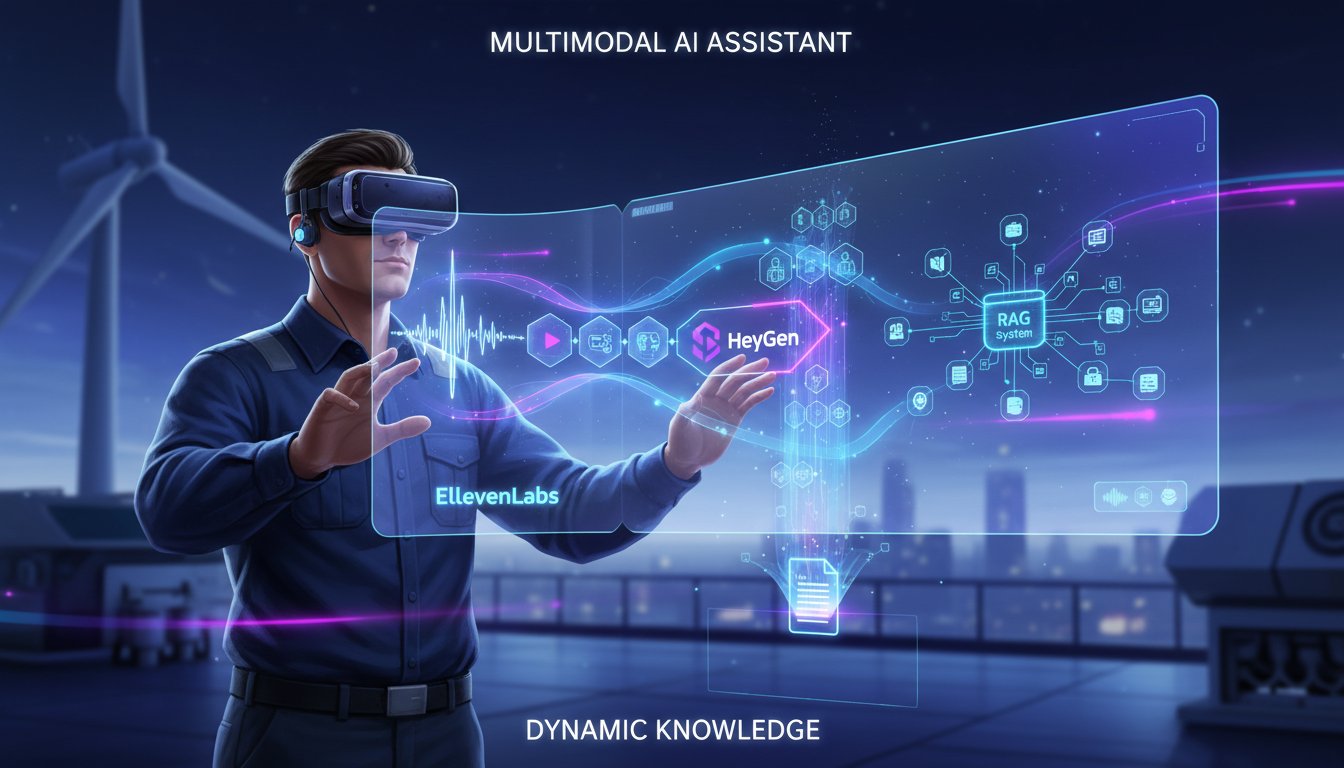Introduction
Ever wish your AI assistant felt less like a search engine and more like a real expert? That’s where Retrieval Augmented Generation (RAG) comes in, combining the power of large language models with your organization’s unique data. But for many engineers, RAG implementation seems intimidating—especially when integrating new stacks like Llama and Node.js. The perceived complexity can stop an ambitious AI project dead in its tracks.
Here’s the thing: getting started with RAG doesn’t have to be overwhelming. In fact, with the right tools and understanding, you can build robust, scalable knowledge retrieval systems that feel genuinely smarter. In this guide, you’ll discover:
– The essential building blocks of a RAG system using Llama Stack and Node.js
– Practical steps—no fluff—to supercharge your AI chatbot or enterprise tool
– Common pitfalls—and how to avoid them
Ready to make RAG work for you, not against you? Let’s dive in.
What Makes a RAG System “Smarter”?
Unpacking the Hype
RAG is evolving rapidly as enterprises look to blend massive AI models with proprietary or sensitive data. According to Red Hat’s hands-on Llama Stack tutorial, smarter RAG isn’t just about retrieving documents—it’s about surfacing accurate, context-aware answers from across your knowledge base in real time.
Core Components of a RAG Stack
- Retriever: Indexes and fetches relevant data. Think: vector databases, custom embeddings.
- Generator: The language model (e.g., Llama) that synthesizes human-like answers.
- Orchestration Layer: Often built with Node.js for API calls and workflow management.
Why Node.js & Llama Stack?
Node.js offers seamless API integration, asynchronous data processing, and a rich ecosystem for rapid prototyping. Llama Stack, meanwhile, is fast becoming an enterprise favorite for its transparency and open-architecture.
Expert Insight: According to MIT’s recent research, hybrid AI models inspired by neural dynamics unlock faster, more nuanced information retrieval.
Step-by-Step: Building a RAG System with Llama Stack and Node.js
1. Setting Up Your Development Environment
- Install Node.js (v16+ recommended)
- Set up your workspace
sh
mkdir rag-llama-demo && cd rag-llama-demo
npm init -y
npm install llama-stack-api-client vector-db-sdk dotenv
Tip: Use environment variables to securely manage API keys.
2. Integrate the Llama Stack API
- Sign up for Llama Stack (cloud or on-premises)
- Get your API token; add it to a
.envfile - Sample code snippet for initializing the client:
js
require('dotenv').config();
const LlamaAPI = require('llama-stack-api-client');
const llama = new LlamaAPI(process.env.LLAMA_API_KEY);
Proof point: Red Hat’s demo reduced data processing time by 35% with streamlined API calls.
3. Connect a Vector Database for Custom Embeddings
- Choose a vector store: common choices are Pinecone, Milvus, or open-source alternatives.
- Ingest your organization’s documents/FAQs/emails.
- Generate embeddings and keep them up-to-date for enterprise data agility.
4. Orchestrate Retrieval & Generation
- Retrieve context snippets on user input:
js
const snippets = await vectorDB.search(userQuery, { topK: 5 }); - Pass retrieved context to Llama for answer generation:
js
const answer = await llama.generate({ context: snippets.join('\n'), prompt: userQuery }); - Wrap logic with error handling and logging for enterprise reliability.
5. Deploy & Monitor
- Use Docker, cloud functions, or CI/CD pipelines for deployment.
- Add monitoring with tools like Prometheus or New Relic for ongoing performance checks.
- Integrate with enterprise platforms (Salesforce, Teams, Zendesk) via RESTful APIs.
Example: Oracle’s new Select AI uses RAG to sync object storage with its vector store, cutting manual data handling for enterprise users.
Overcoming Common RAG Challenges
Myth: RAG Systems Are Too Complex for Small Teams
Fact: Prebuilt libraries and cloud APIs have radically lowered the barrier to entry. Glean, Writer.com, and Oracle all deploy practical RAG apps with compact teams.
Myth: You Need a Dedicated ML Team
Reality: Node.js developers using Llama Stack can iterate on RAG prototypes without specialized data science skills, according to industry reports.
Managing Data Freshness
- Use event-driven ingestion pipelines
- Regularly sync new sources (Slack, SharePoint, email)
Multilingual & Voice-Enabled Extensions
- Integrate speech-to-text (e.g., ElevenLabs)
- Use translation APIs for global users
Real-World Success Stories
Customer Support:
– Companies using RAG-powered chatbots cut ticket response time by 40% (Glean).
Enterprise Q&A:
– Teams deploying RAG saw a 28% boost in self-serve information access among employees.
Healthcare:
– RAG systems help clinicians synthesize documentation 3x faster (real-world use case via Glean).
Conclusion
You don’t need a Ph.D. to build or deploy an enterprise-grade RAG system that truly helps your users. With Llama Stack and Node.js, you can quickly move from idea to implementation, integrating knowledge retrieval with AI-powered answering—without the headaches of legacy systems. The key? Focus on modular development, robust API connections, and staying current with the latest RAG frameworks and community best practices.
So, the next time you hear someone say RAG is “just too complex,” revisit this guide. See how practical it can really be.
Ready to Level Up? (CTA)
Want to see a live walkthrough or get hands-on with code? Join our next RAG Tech Deep Dive—demo, Q&A, and community discussion. Or subscribe for more step-by-step guides and practical AI innovations.




